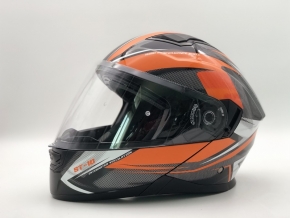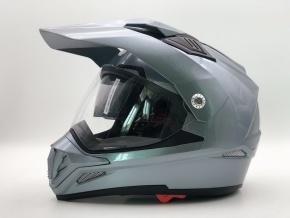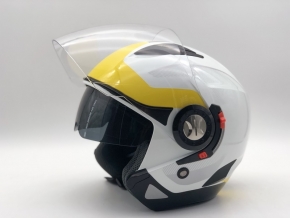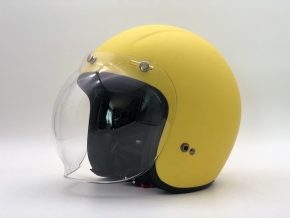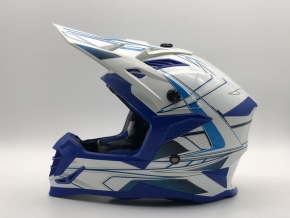1 Structure
Electric vehicle helmet It is composed of shell, buffer layer, comfort pad, wearing device, goggles, etc.
1.1 Housing
a) Made of tough, durable materials that can absorb more impact energy;
b) The surface coating is bright and clean, not easy to stain and fall off; c) During inspection, the shell shall be intact without cracks;
d) After the detachable parts of the electric vehicle helmet shell are removed, their protective performance shall not be reduced, and the head and neck shall not be stabbed; e) Goggle connectors shall not exceed the outer surface of the shell by 7mm, other connectors such as tie wraps shall not exceed the inner and outer surface of the shell by 3mm, and the connectors shall not have burrs;
f) When the shell is provided with a ventilation hole, the hole diameter shall not be greater than 13 mm;
G The edge should be inlaid with soft round and blunt rim to prevent direct damage to the head and neck; h) The head protection area (including earmuffs) shall be covered.
1.2 Buffer layer
a) It is made of materials that can absorb collision energy more and are non-toxic and harmless to human body; b) The shape, specification and size are appropriate, and the wearer will not shift;
c) If a ventilation hole is provided, its aperture shall not be greater than 13mm;
d) The head protection area should be covered (ear muffs can be considered as part of the buffer layer).
a) It is made of durable materials that are comfortable, sweat absorbing, breathable, non-toxic and harmless to the skin;
b) The comfort pad (including marks) shall be connected with the buffer layer, and the adhesive that is toxic or corrosive to human body shall not be used, nor shall it be sewn with needle and thread;
c) Ensure the comfort of electric vehicle helmet.
1.3 Comfort pad
a) It is made of durable materials that are comfortable, sweat absorbing, breathable, non-toxic and harmless to the skin;
b) The comfort pad (including marks) shall be connected with the buffer layer, and the adhesive that is toxic or corrosive to human body shall not be used, nor shall it be sewn with needle and thread;
c) Ensure the comfort of helmet wearing.
1.4 Electric vehicle helmet wearing device
It is composed of ties, buckles and connecting parts. The structure shall ensure that the helmet worn by the passengers is firm, comfortable and easy to release.
1.5 Goggles are made of materials that meet the requirements of light transmittance and impact strength.
2 Performance
2.1 Protection scope
The head protection area shown in Figure 3 must be covered.
2.2 Mass of electric vehicle helmet (including accessories)
The helmet shall be inspected according to the regulations and shall not be greater than 1 60 kg; Half helmet not more than 1.30 kg. 5.2.3 Helmet vision
The inspection shall be carried out according to the specified method, and the left and right horizontal field of vision shall not be less than 105 °, the upper field of vision shall not be less than 7 °, and the lower field of vision shall not be less than 30 °.
2.4 Helmet sunglasses
2.4.1 Inspect according to the specified method, and the goggles shall not be broken or broken.
2.4.2 The inspection shall be carried out according to the specified method, and the visible light transmittance of the sunglass shall not be less than 85%.
2.5 Strength performance of helmet wearing device
The inspection shall be carried out according to the method specified in 6.6, and the elongation shall not exceed 25 mm or the lacing shall be torn off, the connector shall fall off, and the above phenomenon shall not occur in the inspection specified in 6.7. "
2.6 Collision energy absorption performance of helmet
Measured by the acceleration transmitted to the head form and its action time, the inspection shall be carried out according to the specified method.
2.6.1 Full helmet
a) The peak acceleration shall not exceed 300g;
b) The action time of acceleration exceeding 150g shall be less than 4 ms.
2.6.2 Half helmet
a) The peak acceleration shall not exceed 400g;
b) The action time of acceleration exceeding 200g shall be less than 2 ms (the peak acceleration shall not exceed 300g, which is not required); c) The action time of acceleration exceeding 150g shall be less than 4ms.
2.7 Penetration resistance of helmet
The inspection shall be carried out according to the specified method, and the steel cone shall not penetrate the helmet to contact the head form.




